|
Pronounced (koo-pres-sus ahr-i-zon-i-ka oar-ee-uh)
Fast Facts:
2 Comments
Pronounced (kair-eks tess-tah-see-ah)
Fast Facts:
As sedges become more commonly used as elements of rain gardens or alternatives to green lawns, this orange sedge adds a warm color pop among the cooler blue and green hues often seen in the fall when its shade turns from a warm green to a coppery orange. Flowering in June, the small brown flowers do not draw much attention, but their stems create interesting drooping architecture as they age, similar to a tulip's effect in a bouqet of cut flowers. It's needs are quite flexible, making it that much more desirable: full to part sun and many different soil types will allow this grass success. Could be utilized in rock gardens or as borders, in addition to rain garden or alternative lawn options previously mentioned. Pronounced (san-tow-leen-a vy-renz)
Fast facts:
Pronounced (seh-seh-lee goo-me-fair-um)
Fast facts:
Quite similar to the habit of Angelica pachycarpa, this semi-evergreen is technically a biannual, that can be forced to be perennial by pruning the flowers to the ground as soon as they die and before they go to seed. If choosing not to maintain them in this way, they will behave as a biannual by blooming their second year, and then self-seeding. A quirky addition to a drought tolerant landscape, this wonderful specimen is showing without much maintenance work at all. Silvery fern-like leaves emerge from a central growing stem, with large umbels of white flowers emerging the second year. Does not die back in the winters in Portland, lending it to be a semi-evergreen rather than a true perennial. Not commonly seen in many Portland gardens, though it is an excellent choice for the gardener or homeowner seeking a unique, low maintenance, and drought tolerant landscape! |
EMILY GOLD
|

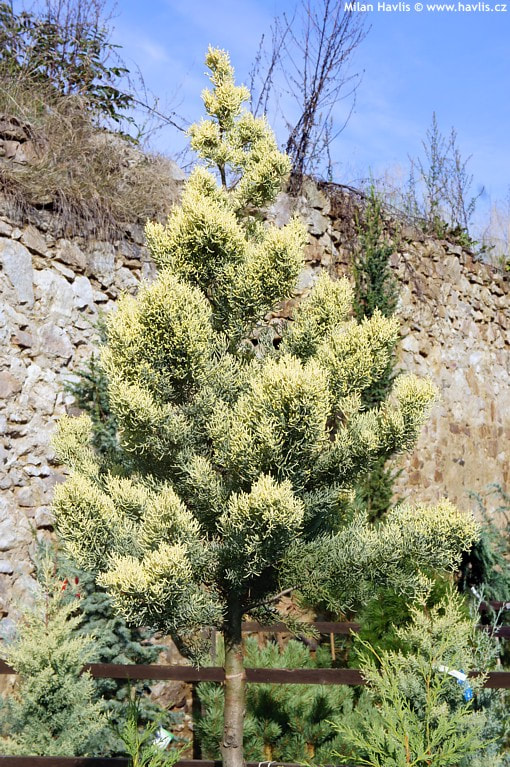
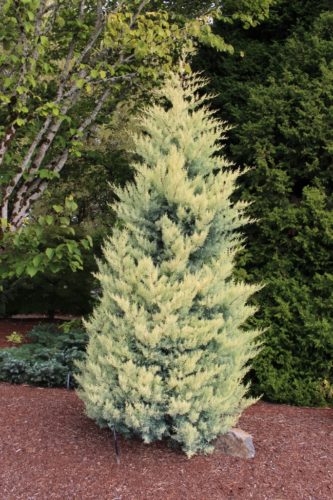
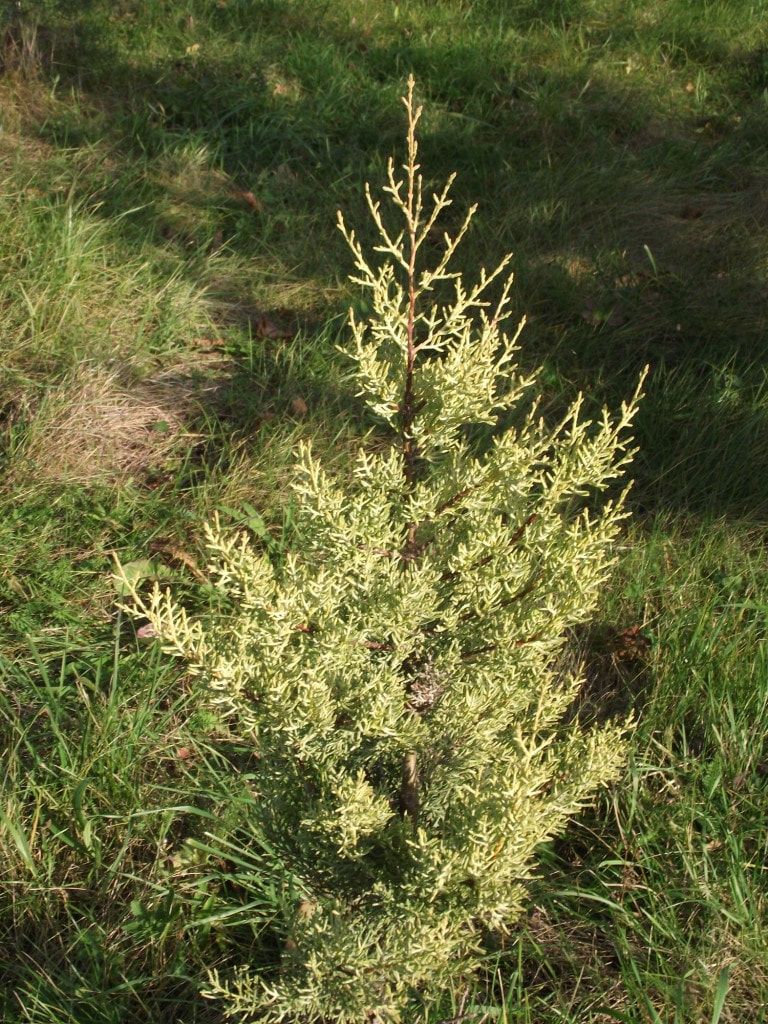
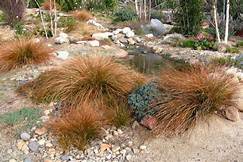
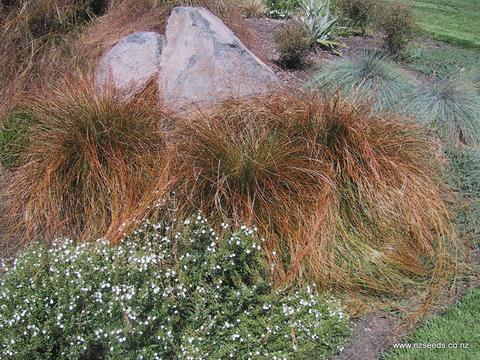
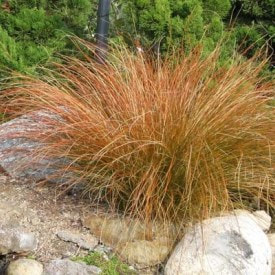
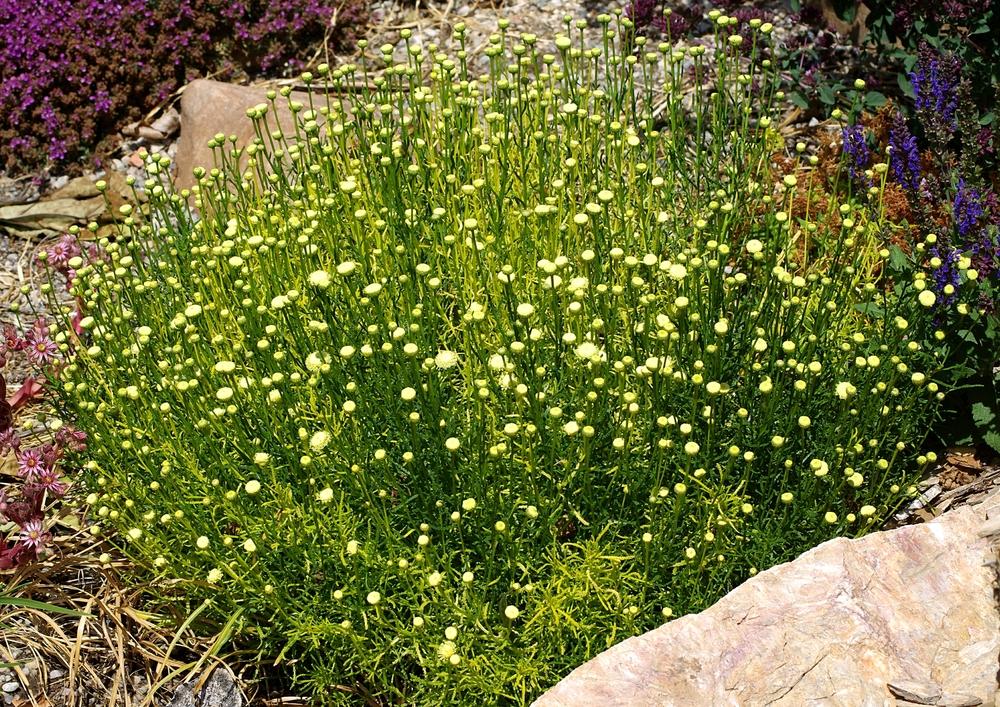
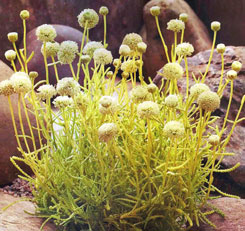
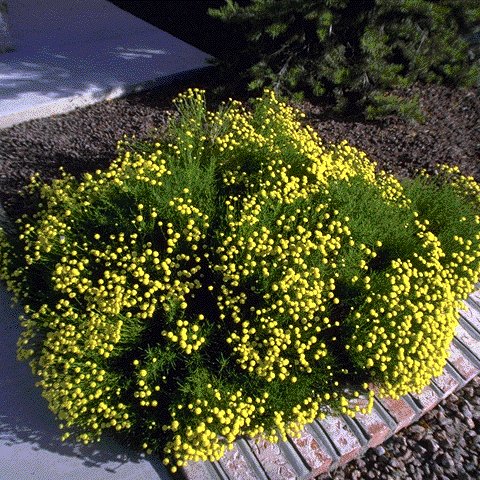
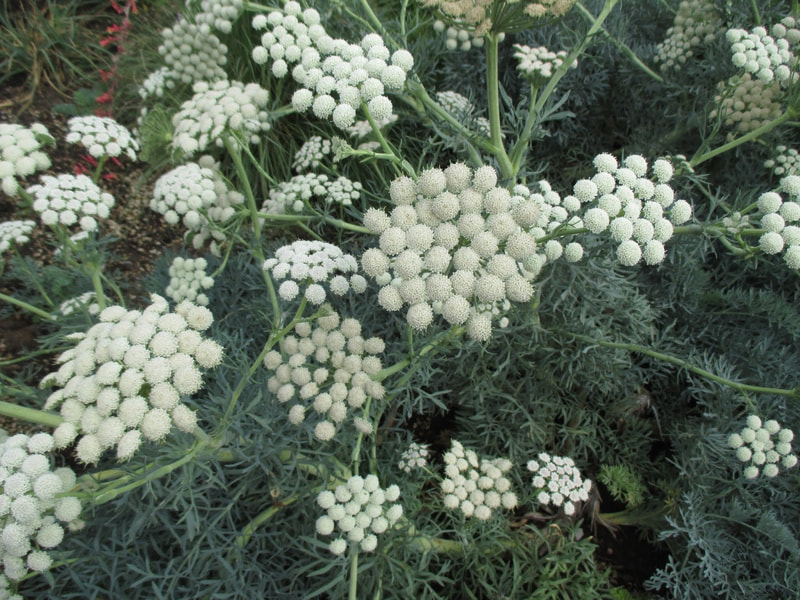
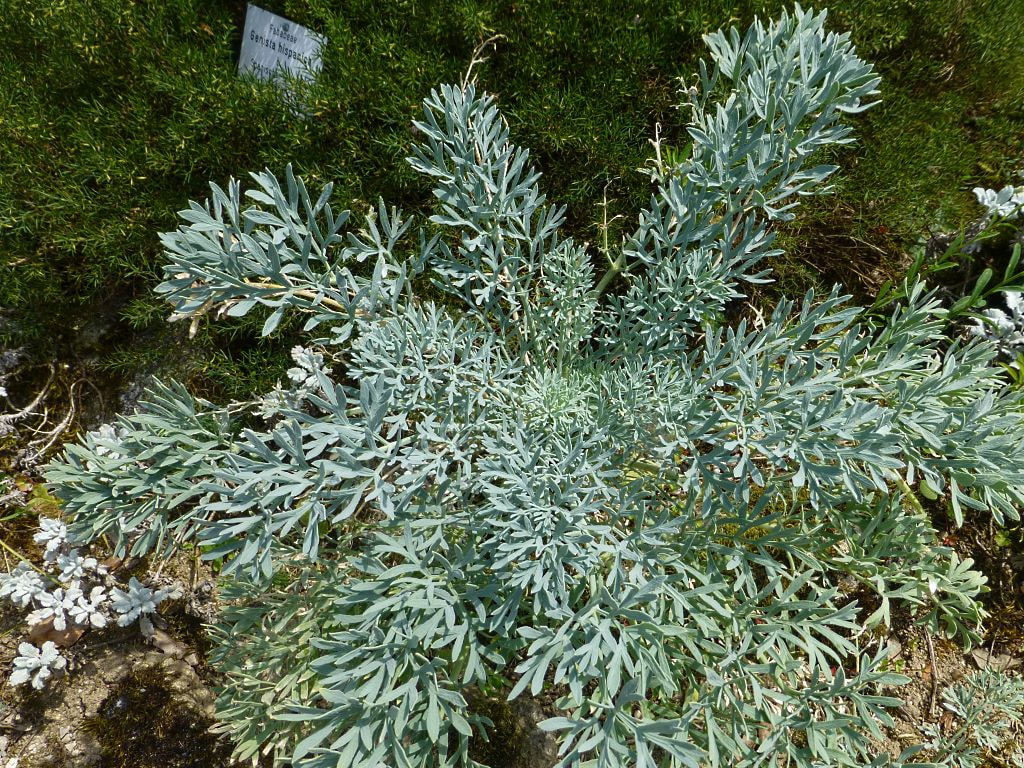
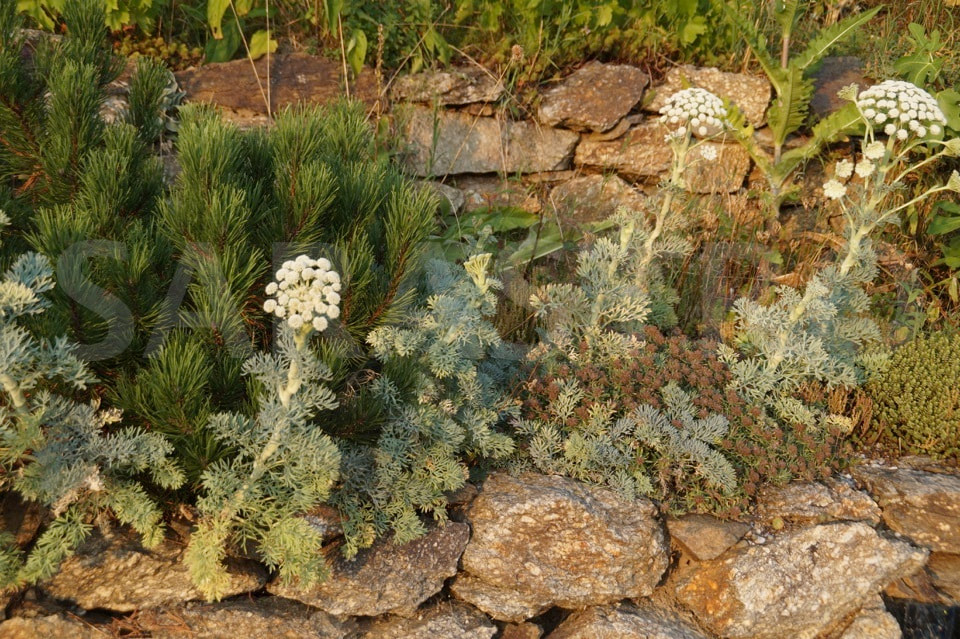
 RSS Feed
RSS Feed